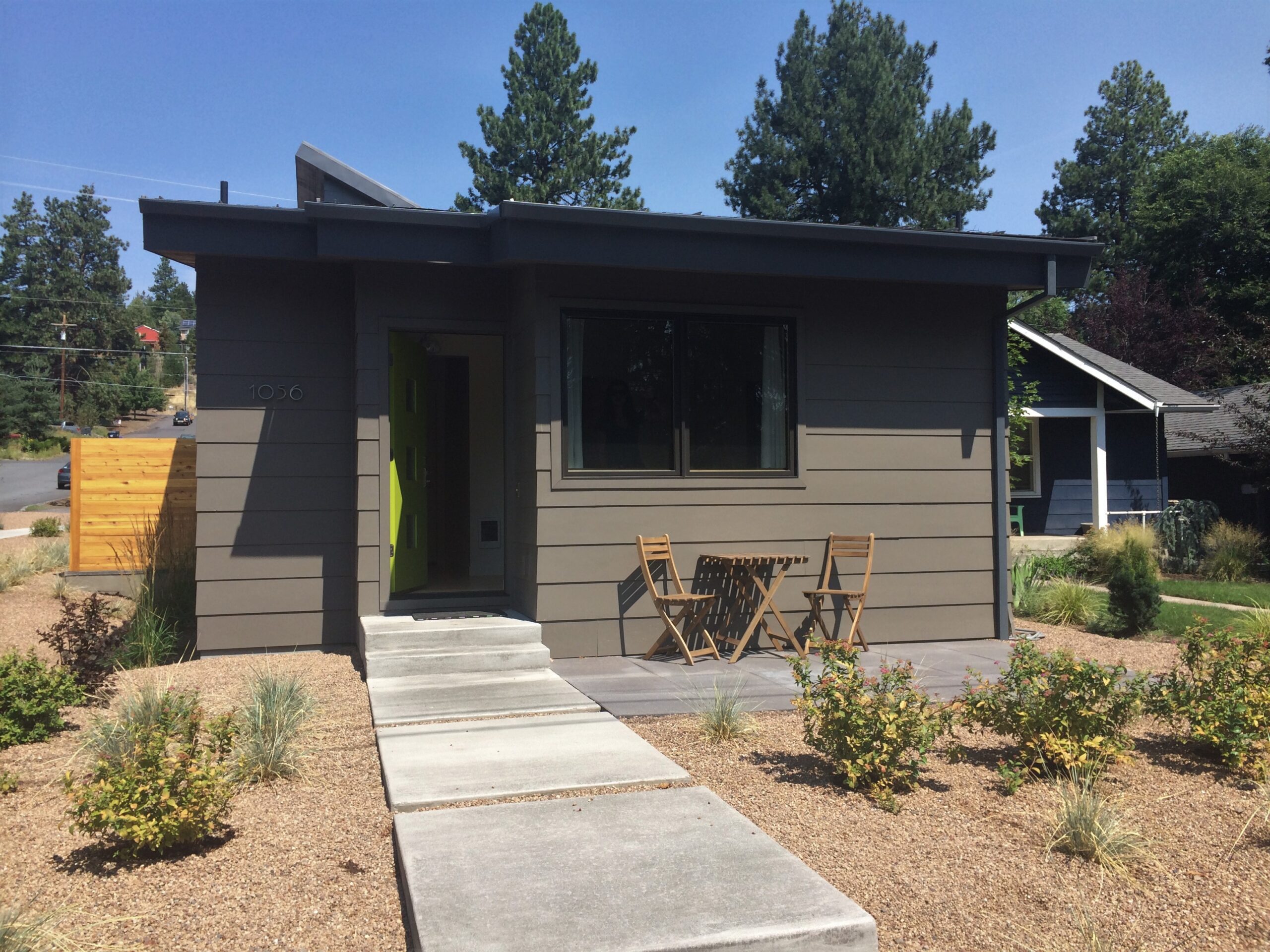The Accessory Success Story: How San Diego Builds Multi-Family ADUs

In 2016 the California state legislature passed a series of bills that broadly legalized accessory dwelling units (ADUs), sometimes known as “granny flats” or “in-law units.” These “accessory” homes – so-called because they are legally a part of the existing home on the site, but “accessory” to the primary residence – are now legal on essentially every single-family lot in the state.
Tens of thousands of ADUs have been permitted and built in California under these new rules, which have been updated and expanded several times to permit up to two ADUs on every lot.
In 2020, San Diego went beyond the requirements of state ADU law and created a “Bonus ADU Program” that allows property owners to build several ADUs on a lot, so long as some of them are deed-restricted as moderate-income, affordable housing – with surprising and unexpected results. Researchers Jake Wegmann, Karen Chapple, Andrew Wofford, Li-Ping Lee, Annie Flom, Victoria Beckley, and Holly Armstrong offer “An Early Assessment of the San Diego Bonus ADU Program” in their new report, Not So Gentle Density.
Key Takeaways:
- While the overwhelming majority of Bonus ADU Program projects have fewer than 12 units, a few enterprising developers are using it to quickly permit “ADU” projects with hundreds of homes on large parcels.
- Builders overwhelmingly prefer a higher rent level to a shorter deed restriction term: every single Bonus ADU project applicant has chosen 110% AMI rents for 15 years over 80% AMI for 10 years.
- The cost of upgrading utilities connections is a major pain point for these projects.
The ADU Bonus Program was created in response to AB 671, which required cities to plan to “incentivize and promote the creation of accessory dwelling units that can be offered at affordable rent for very low, low-, or moderate-income households” as part of the state’s cyclical Housing Element planning process.
It works as follows: in addition to the two ADUs allowed by state law, homeowners can build at least two additional ADUs, so long as one of those two is deed-restricted as affordable. In Transit Priority Areas (TPAs), defined as parcels within half a mile of transit, property owners can build an unlimited number of ADUs; so long as 50% of them are affordable, and they abide by the existing zoning standards for floor area ratio, lot coverage, height, and so on.
Property owners can choose to restrict the ADU at low-income rent levels for 10 years, or moderate-income for 15 years; and the San Diego Housing Commission handles tenant income verification and ongoing compliance monitoring for a small fee. Approvals are “by-right.” No parking is required for ADUs citywide.
City staff designed this program to produce small-scale incremental infill developments with 4-12 units per lot, and it has succeeded in doing that: dozens of projects of that scale have been proposed, and many have already been built.
However, the program has also had unintended consequences. The program’s combination of rapid, by-right approvals and permissive affordability terms—the moderate-income affordable rents are comparable to market rates—are extremely attractive to developers, who have used it to secure permits for around ten 100+-unit apartment developments on large lots.
Most of the homes being built under the program are smaller studio or 1-bedroom units, in large part because they come in below the 750 square foot threshold that allows builders to avoid paying impact fees; and the majority are built in moderate-resource areas.
Required utility connection fees and upgrades are a significant cost driver for these projects, adding about $135,000 in expenses to each project. Capping these fees or making them payable over a longer term would help make lower rents possible.
Overall, San Diego has stumbled upon an effective program for permitting and building moderate-income infill housing. The combination of parking reform, by-right permitting, and permissive affordability standards have proven very attractive to developers; and the choice to piggyback off the state ADU framework appears to have staved off major local political conflict.
Photo by Sightline Institute: Missing Middle Homes Photo Library, CC BY 2.0, via Wikimedia Commons